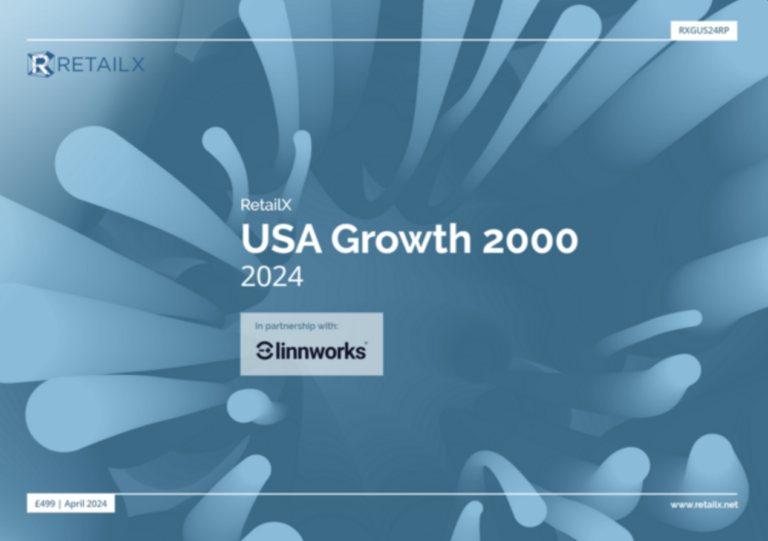The fashion world is opening its door for the annual New York Fashion Week on the 8th September to parade the latest trends and styles of the season. The event will attract A-listers, industry insiders and shoppers alike, who are all able to view a livestream of the catwalk on mobile.
Fashion Week has made an online presence on social media with SnapChat set to have exclusive stories which follow the different catwalks, bringing the world of luxury fashion closer to the customers. While Instagram provides polished and refined images, SnapChat offers a raw glimpse behind-the-scenes of shows, allowing users to get exclusive access to top brands. Luxury brands need to explore the value of social media to strength relationships with customers.
Burberry is leading the way in this regard, with investment of more than 60% of its marketing budget on digital. According to Contactlab’s “Digital and Physical Integration: Luxury Retail’s Holy Grail” study, Burberry is also bringing together online and offline operations, with click & collect already representing 15% of Burberry’s online sales. While Burberry paves the way for luxury brands, others are still struggling to grasp the significant impact engaging with customers online and offline will have on their brands.
“Brands should not consider each channel as separate, but simultaneously valuable to the overall omni-channel experience. Customers want ease and comfort and so if they find a product on one channel, they should be able to seamlessly navigate through the purchasing process with convenience. This is why it is important that brands do not disconnect the different channels, but connect the dots as part of their customer engagement strategy,” explains Senior advisor at Contactlab Marco Pozzi.
Contactlab found in its Digital Frontier 2016 study that customers with a digital presence who are digitally contactable are high spenders in-store and account for 27% of in-store revenue and 73% of e-commerce revenue. With the rise of e-commerce and digital engagement tools, luxury brands have access to customer data which will allows them to create a dynamic and personalised approach which integrates people preferences within the customer interactions. Through data-driven marketing, brands are able to create a richer understanding of the customers.
Pozzi continues: “We now live in a world where everything is captured digitally through various platforms and the fashion world is no exception. Fashion shows unfold live from SnapChat, Facebook, Twitter and Instagram feeds. This narrows the gap between the consumer and brands, opening up a relationship which is more personalised. Shoppers now crave interaction with brands who understand their needs, preference and expectations, feeding in insights from customer data can help brands enhance their relationship with customers and make informed decision for their marketing strategies.”









